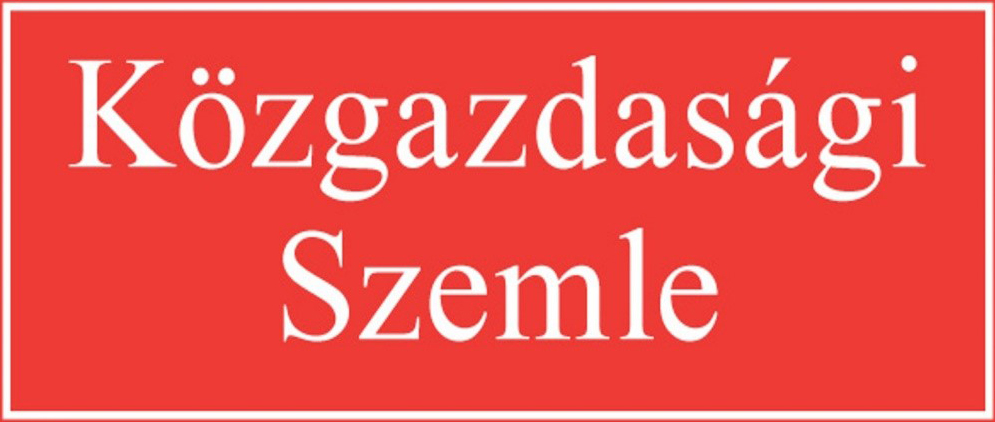Childbearing and mothers’ earnings in the 2010s
Abstract
In our study, we examine the impact of childbearing on women’s labour market outcomes, with a particular focus on employment and earnings. For our analysis, we use administrative panel data and event-study methods that estimate causal effects, including childless women as a control group alongside mothers. According to our findings, mothers’ employment rates and wages drop significantly after childbirth. Six years after giving birth, their labour income is on average 31% lower, and their likelihood of employment is 32% lower than that of women who remained continuously in the labour market. Among women who return to work, there is a 7% decrease in the number of hours worked per week, and their average relative hourly wage rates remain 12% below the pre-birth levels. Our results highlight that extended maternity leave leads to significant disadvantages in the labour market.
References
ANDRESEN, M. E.–NIX, E. [2022]: What Causes the Child Penalty? Evidence from Adopting and Same-Sex Couples. Journal of Labor Economics, 40. évf. 4. sz. 971–1004. o. https://doi.org/10.1086/718565.
CASARICO, A.–LATTANZIO, S. [2023]: Behind the child penalty: understanding what contributes to the labour market costs of motherhood. Journal of Population Economics, 36. évf. 3. sz. 1489–1511. o. 14321475. https://doi.org/10.1007/s00148-023-00937-1.
CUKROWSKA-TORZEWSKA, E.–LOVÁSZ ANNA [2020]: The role of parenthood in shaping the gender wage gap. A comparative analysis of 26 European countries. Social Science Research, 0049089. https://doi.org/10.1016/j.ssresearch.2019.102355.
CUKROWSKA-TORZEWSKA, E.–MATYSIAK, A. [2020]: The motherhood wage penalty: A meta-analysis. Social Science Research, 88–89. o. 0049089. https://doi.org/10.1016/j.ssresearch.2020.102416.
FONTENAY, S.–MURPHY, T.–TOJEROW, I. [2023]: Child penalties across industries: why job characteristics matter. Applied Economics Letters, 30. évf. 4. sz. 488–495. o. https://doi.org/10.1080/13504851.2021.1994518.
GOLDIN, C.–KERR, S.–OLIVETTI, P. C. [2024]: The other side of the mountain: women’s employment and earnings over the family cycle. Oxford Open Economics, 3. évf. 1. melléklet, 323–334. o. https://doi.org/10.1093/ooec/odad012.
HERR, J. L. [2016]: Measuring the effect of the timing of first birth on wages. Journal of Population Economics, 29. évf. 39–72. o. https://doi.org/10.1007/s00148-015-0554-z.
KLEVEN, H.–LANDAIS, C.–POSCH, J.–STEINHAUER, A.–ZWEIMÜLLER, J. [2019a]: Child Penalties across Countries: Evidence and Explanations. AEA Papers and Proceedings, 109. évf. 122–126. o. https://doi. org/10.1257/pandp.20191078.
KLEVEN, H.–LANDAIS, C.–SØGAARD, J. E. [2019b]: Children and Gender Inequality: Evidence from Denmark. American Economic Journal: Applied Economics, 11. évf. 4. sz. 181–209. o. https://doi.org/10.1257/app.20180010.
KLEVEN, H.–LANDAIS, C.–LEITE-MARIANTE, G. [2023]: The Child Penalty Atlas. SSRN Electronic Journal, https://doi.org/10.2139/ssrn.4560576.
LEBEDINSKI, L. PERUGINI, C.–VLADISAVLJEVIĆ, M. [2023]: Child penalty in Russia: evidence from an event study. Review of Economics of the Household, 21. évf. 1. sz. 173–215. o. https://doi.org/10.1007/s11150-022-09604-y.
RABATÉ, S.–RELLSTAB, S. [2022]: What Determines the Child Penalty in the Netherlands? The Role of Policy and Norms. De Economist, 170. évf. 2. sz. 195–229. o. https://doi.org/10.1007/s10645-022-09403-x.
ROSENBAUM, P. [2021]: Pregnancy or motherhood cost? A comparison of the child penalty for adopting and biological parents. Applied Economics, 53. évf. 29. sz. 3408–3422. o. https://doi.org/10.1080/00036846.2021.1881431.
SEBŐK ANNA [2019]: A KRTK Adatbank Kapcsolt Államigazgatási Paneladatbázisa. Közgazdasági Szemle, 66. évf. 11. sz. 1230–1236. o. https://doi.org/10.18414/ksz.2019.11.1230.
SIEPPI, A.–PEHKONEN, J. [2019]: Parenthood and gender inequality: Population-based evidence on the child penalty in Finland. Economics Letters, 182. 5–9. o. https://doi.org/10.1016/j.econlet.2019.05.034.







